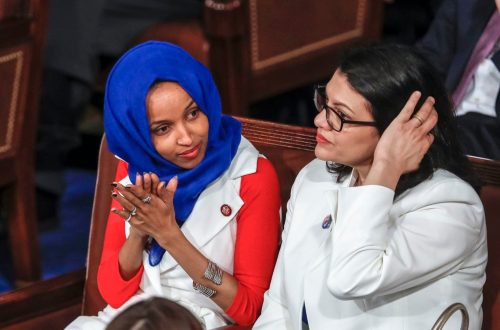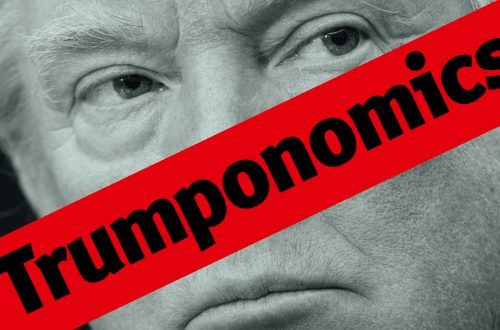Before some Bush opponents sink too deeply into a “blame the stupid/bigoted voters” mindset, I’d like to quote part of a 2001 piece by Andrew Levison in The Nation, on the perennial question of why so many working-class Americans vote against their economic interests, while others don’t.
In short, most educated Americans have little sense of the texture and the complexity of working-class life, of its richness and satisfactions as well as its problems and discontents. And without an intimate and personal understanding of these things, it will always be profoundly difficult for liberals and progressives to convince working Americans that they should be trusted to represent workers’ needs and interests in the political system.
Conservatives have always been acutely aware of this cultural chasm between college-educated and blue-collar America, and every key Republican political strategist, from Kevin Phillips and Lee Atwater to Karl Rove, has relied on it as a critical advantage in the struggle for the blue-collar vote.
Just how decisive this cultural distance is can be seen in a single, startling fact: When trade unions took the case for Al Gore directly to their members, they totally reversed the national trends. While 69 percent of white men who were not members of trade unions voted for Bush and only 28 percent for Gore, 59 percent of white men who were members of trade unions voted for Gore and only 35 percent for Bush. Among white trade-union women, 67 percent voted for Gore and 31 percent for Bush. Among nonunion white women, in contrast, Gore lost by 7 percent. [My emphasis.]
The significance of these results is difficult to overstate. They demonstrate that when workers are presented with a progressive message by campaign workers who come from an institution that is part of working-class life, and who share their culture and values, a substantial majority can be convinced to support progressive candidates and programs.
I don’t know the comparable results for Tuesday’s election, but I’d be very surprised if they are much different. The problem, of course, is that such a small percentage of US workers (about 13 percent) are unionized these days.
Remarkably, every survey I’ve seen shows that between 40 and 50 percent of nonunion workers would join unions if they could freely do so. The current labor law, however, is so tilted in favor of employers that it makes union organizing a very burdensome and risky prospect for workers.
The conundrum is that before the labor law can be made more worker-friendly, more worker-friendly candidates need to be elected to office. And without a lot more union workers, that will be difficult. But even if half of the workers who want to join unions could do so, the result would be a huge change in the American political landscape.
During the 1930s, union organizers were taught never to blame the workers if an organizing campaign failed. ‘It’s not their fault for not understanding,’ the organizers were instructed. ‘It’s your fault for not explaining it clearly enough.’ It is a motto today’s liberals and progressives would do well to hang on the walls of the political campaign war rooms in the elections of the coming years.
And perhaps on the walls of some leftist bloggers too.


